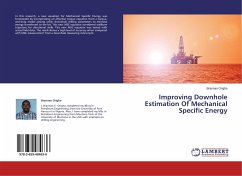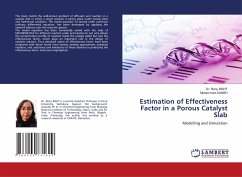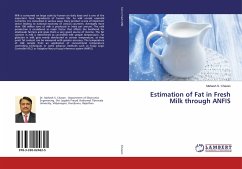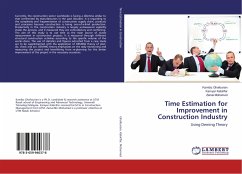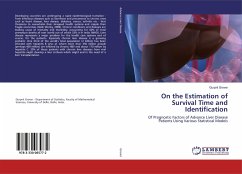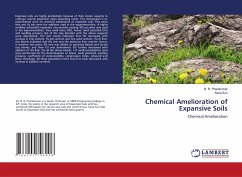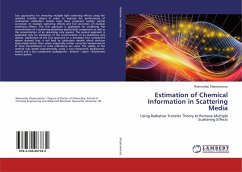
Estimation of Chemical Information in Scattering Media
Using Radiative Transfer Theory to Remove Multiple Scattering Effects
Versandkostenfrei!
Versandfertig in 6-10 Tagen
47,99 €
inkl. MwSt.

PAYBACK Punkte
24 °P sammeln!
Two approaches for removing multiple light scattering effects using the radiative transfer theory in order to improve the performance of multivariate calibration models have been proposed namely: partial correction of multiple scattering effects and full correction of multiple scattering effects. The first approach is applicable for predicting the concentration of a scattering-absorbing (particulate) component as well as the concentration of an absorbing only species. The second approach is applicable only for estimation of the concentration of an absorbing only species. Application of the fir...
Two approaches for removing multiple light scattering effects using the radiative transfer theory in order to improve the performance of multivariate calibration models have been proposed namely: partial correction of multiple scattering effects and full correction of multiple scattering effects. The first approach is applicable for predicting the concentration of a scattering-absorbing (particulate) component as well as the concentration of an absorbing only species. The second approach is applicable only for estimation of the concentration of an absorbing only species. Application of the first approach to a simulated four component system showed that it will lead to calibration models which perform appreciably better than when empirically scatter corrected measurements of total transmittance or total reflectance are used. The validity of the method was tested experimentally using a two-component (polystyrene-water) and a four-component (polystyrene - ethanol - water - deuterated water) system.





